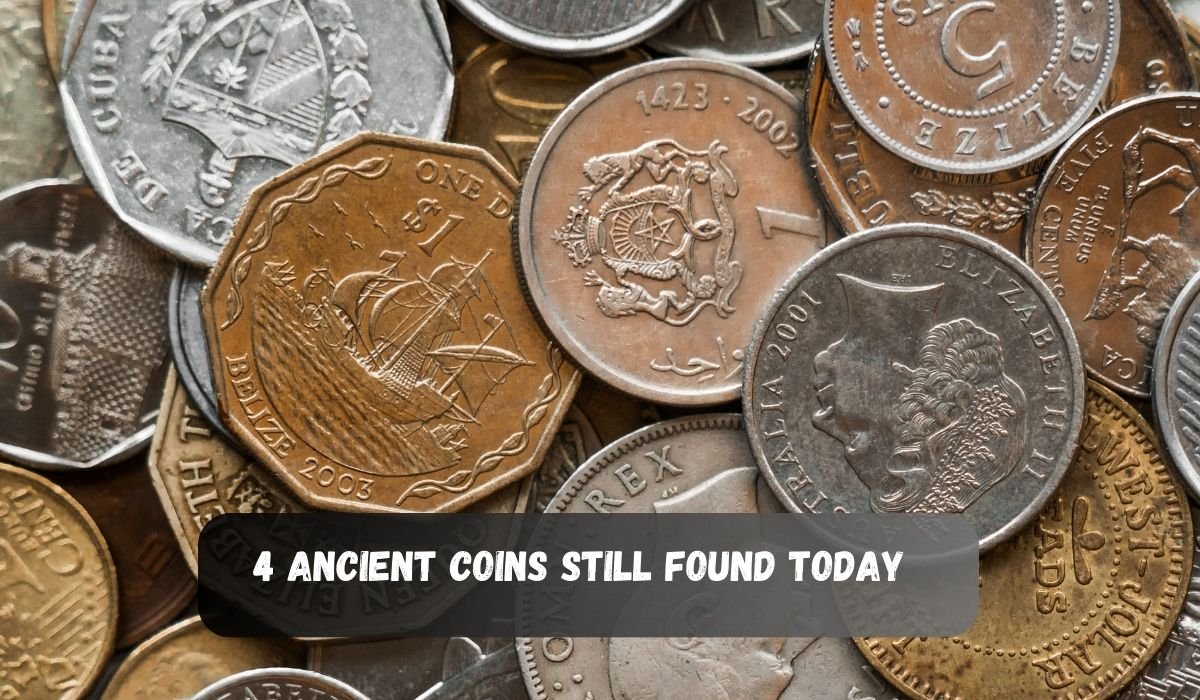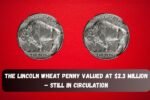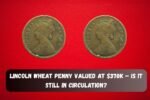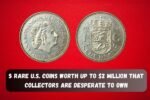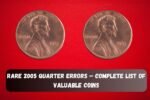Have you ever imagined holding a piece of real history in your hand? Not just something that looks old, but something that was actually used by people thousands of years ago? That’s exactly what ancient coins are like — tiny metal time machines that take us back to the past. Surprisingly, many of these coins are still being discovered today. Whether they’re dug up by metal detector hobbyists or found during archaeological digs, these ancient treasures continue to pop up across the world.
Roman Denarius – The Empire’s Everyday Coin
The Roman Denarius was kind of like the dollar of the ancient Roman Empire. It was made of silver and used for everyday things like shopping, paying soldiers, and even collecting taxes. These coins started showing up around 211 BC and were used for over 400 years.
Why do people still find them? Well, Rome was huge, and they made a lot of these coins. From England to North Africa and the Middle East, Roman coins are still being found in fields, forests, and even in people’s backyards. Some have the faces of famous emperors like Julius Caesar or Augustus. Others show gods, goddesses, or Roman buildings.
Greek Drachma – A Piece of Myth and Mystery
Now let’s jump to ancient Greece — the land of philosophers, myths, and the Olympic Games. The Drachma was the main coin used by the Greeks, and it goes back to around 600 BC. These coins are small, but they were powerful symbols of city pride.
Each Greek city-state made its own version. Athens, for example, had the image of Athena (the goddess of wisdom) and her owl on its coins. These images still shine today when Drachmas are dug up. They weren’t just money — they were a way for cities to show off their art and power.
Drachmas are often found in the Mediterranean region, especially in Greece, Turkey, and Italy. Holding one feels like holding the wisdom of Socrates or the bravery of Alexander the Great.
Byzantine Solidus – The Coin That Wouldn’t Quit
The Byzantine Empire came after the Roman Empire, and it lasted for over 1,000 years. Their famous gold coin, the Solidus, was one of the strongest currencies in the ancient world. It was so well-made that other countries copied it.
The Solidus was used for trade and official payments, and because it was gold, many people kept it safe. This means a lot of Solidus coins survived and are still found today, often shining as brightly as when they were first made.
You might find one in the Balkans, the Middle East, or even parts of Western Europe. They usually show pictures of emperors or Christian symbols. This coin is like the golden thread that connects the old Roman world to the medieval one.
Chinese Cash Coins – The Round Coins With a Square Hole
Let’s not forget ancient China, a place where coins were very different from the round-and-solid style used in Europe. Chinese Cash coins were round, but they had a square hole in the middle. This clever design made them easy to carry on a string — sort of like a coin necklace!
These coins were used for thousands of years, starting as early as 200 BC during the Han Dynasty. Because they were made in huge amounts and used for centuries, people still find them all over China and Southeast Asia.
Some are very simple, with just a few Chinese characters. Others are more detailed, showing dragons or emperors. And thanks to the square hole, many are still strung together when found — like finding treasure straight from an old kung fu movie.
Conclusion
Ancient coins are more than just old money. They’re tiny, beautiful keys to the past. Each one tells a story — about a powerful empire, a busy marketplace, a wise ruler, or a forgotten culture. Even today, people continue to dig them up from the ground, reminding us that history is still alive, just under our feet.
So, next time you’re walking through a park, beach, or field, keep your eyes open. You never know — you might just stumble upon a piece of history!
FAQs
What should I do if I find an ancient coin?
Stop and take a photo, then report it to a local museum or archaeologist. It might be more valuable than you think.
Can I sell ancient coins I find?
Sometimes yes, but it depends on the laws in your country. Some places let you keep or sell them, others don’t.
How do I know if a coin is really ancient?
Look for signs of age like wear, patina (green or brown coloring), and old markings. A coin expert can help you identify it.
Where are ancient coins mostly found today?
They’re often found in Europe, the Middle East, and Asia — places with long histories of civilization and trade.
Are ancient coins expensive to buy?
Some rare ones are very pricey, but many are affordable and even sold to collectors online.
